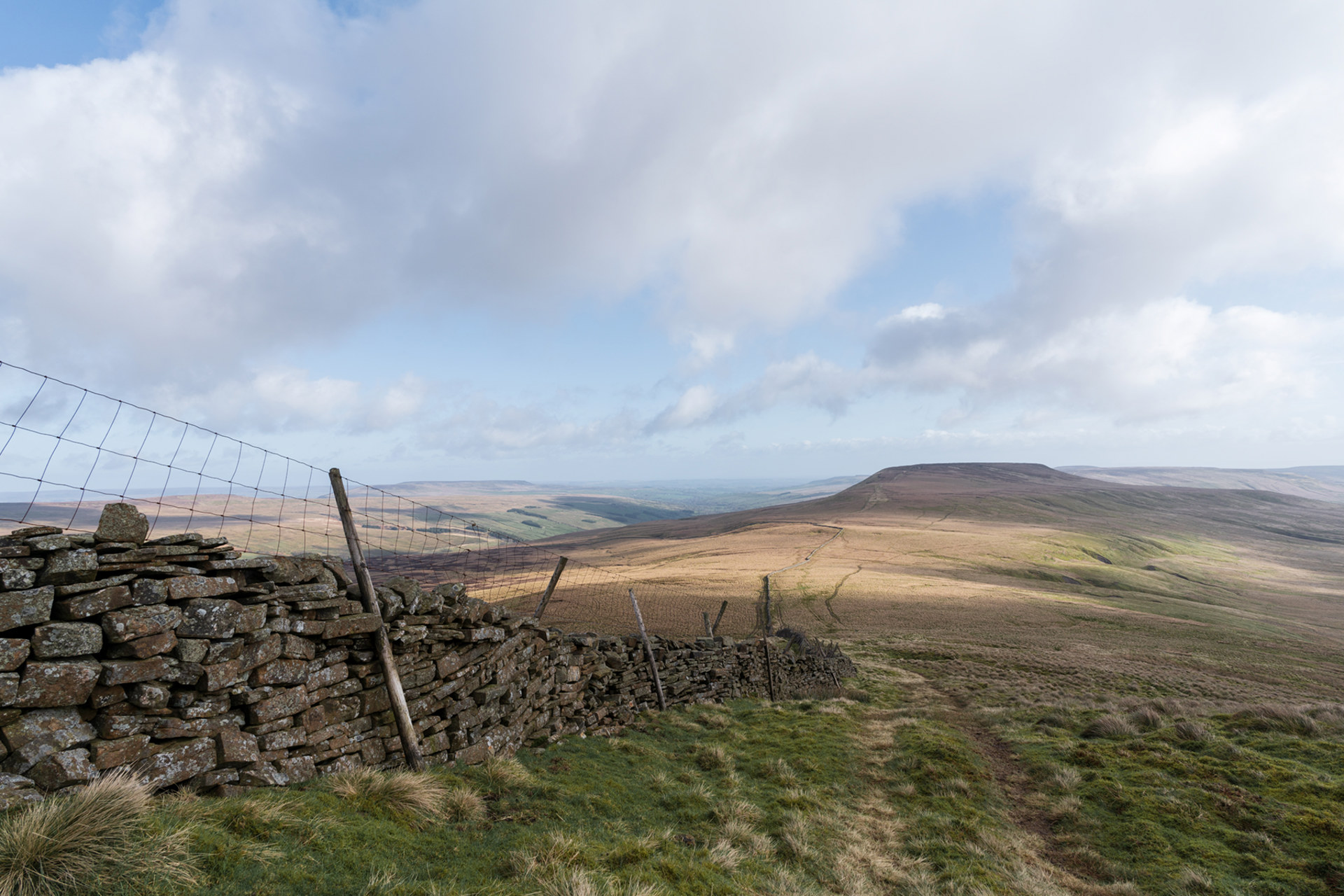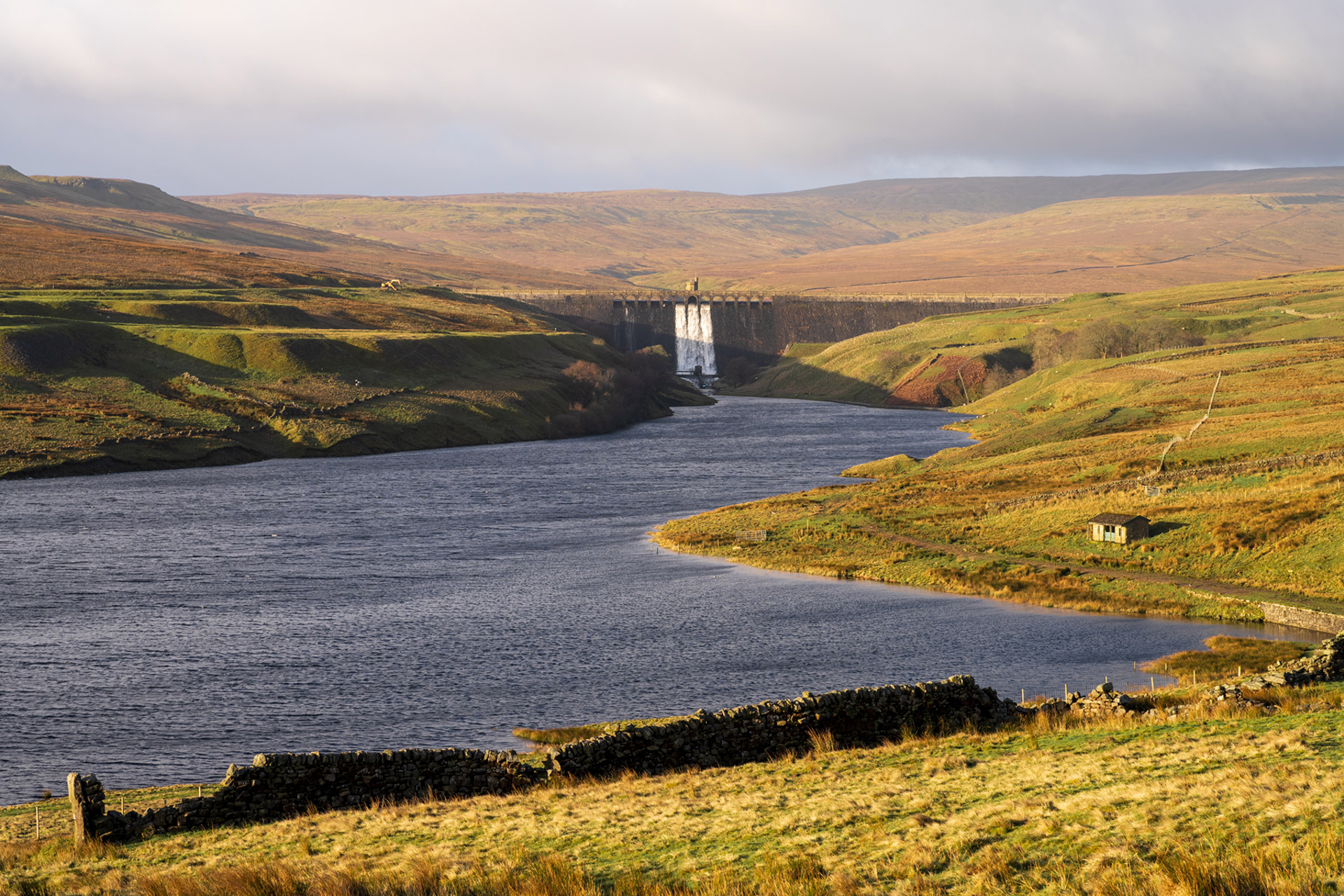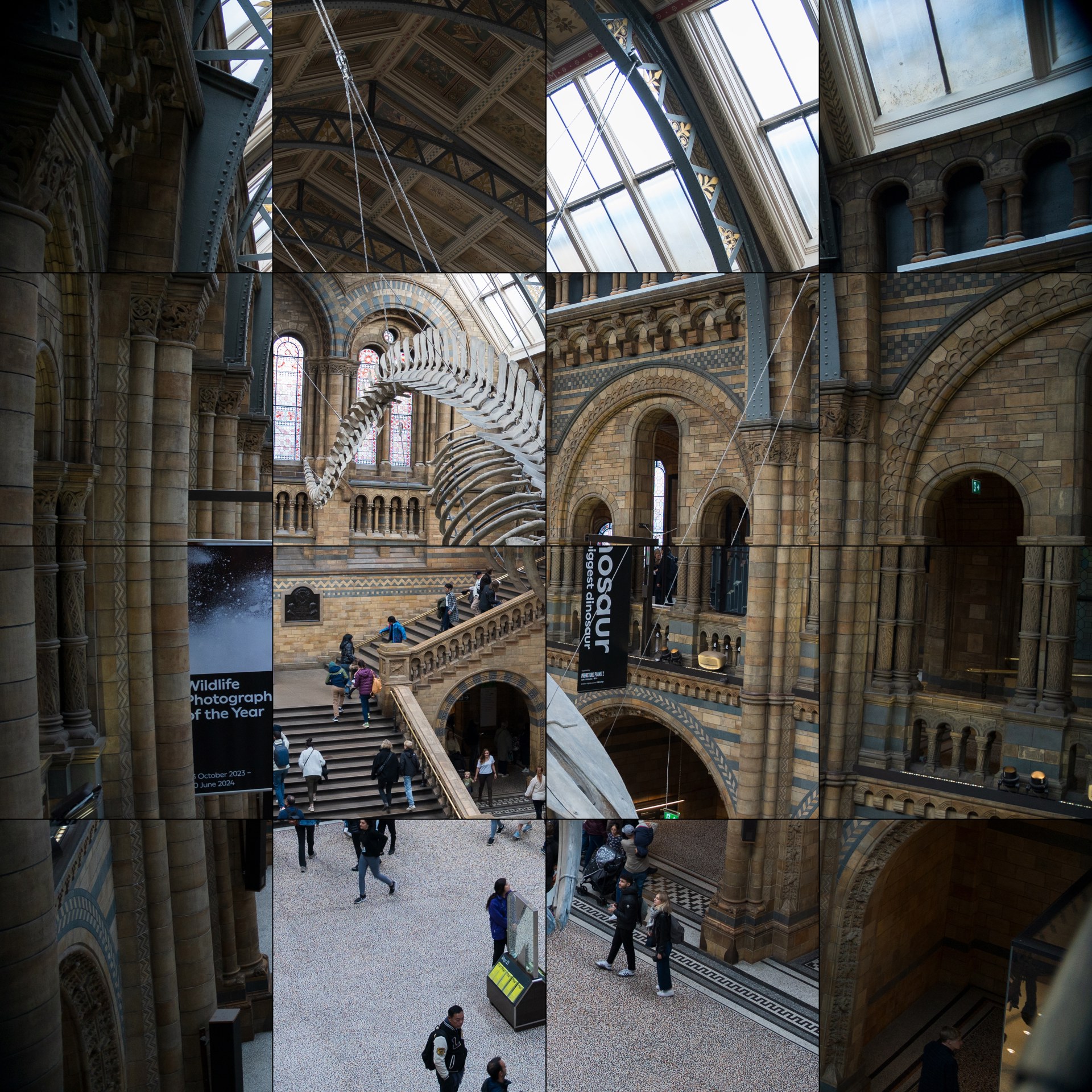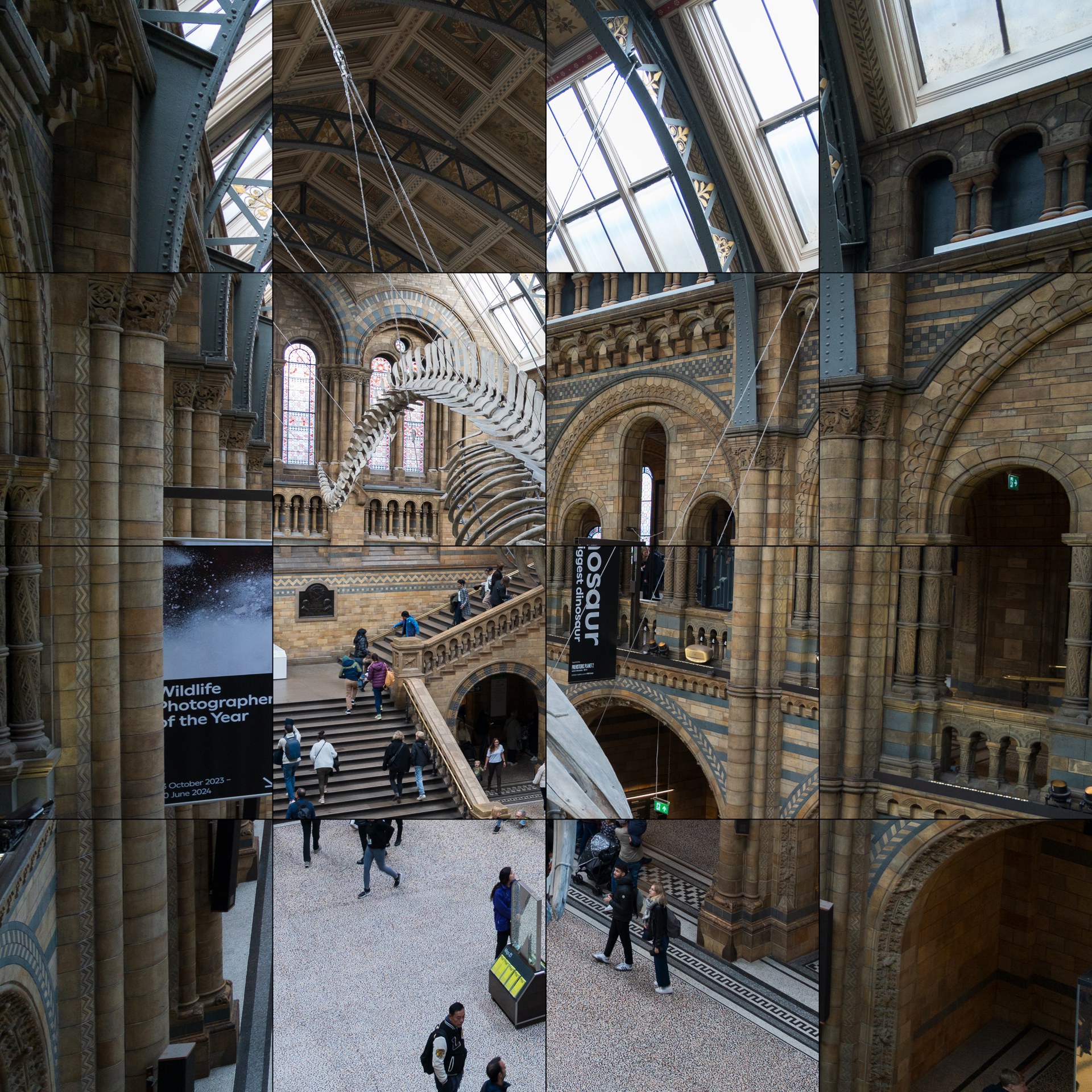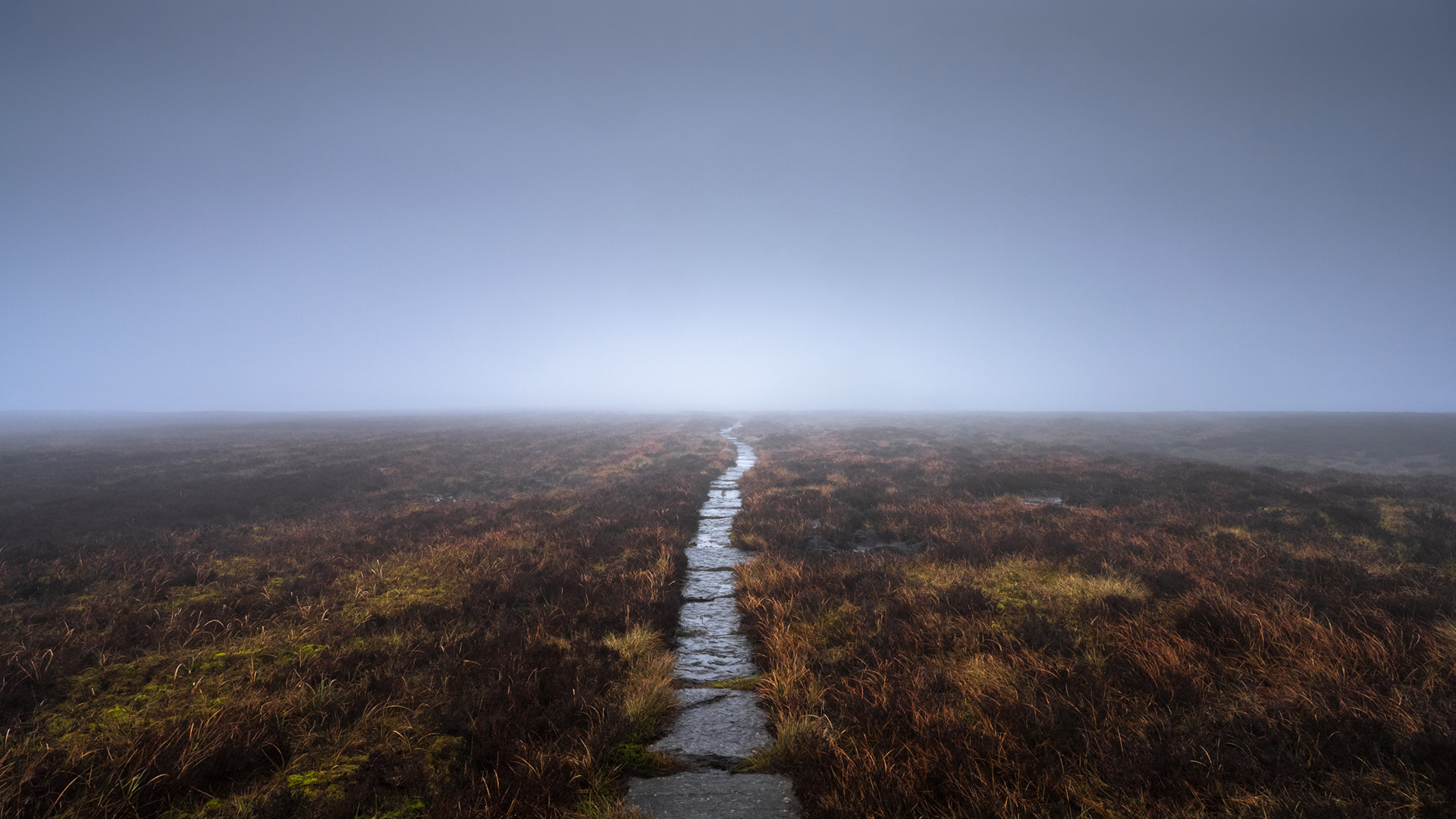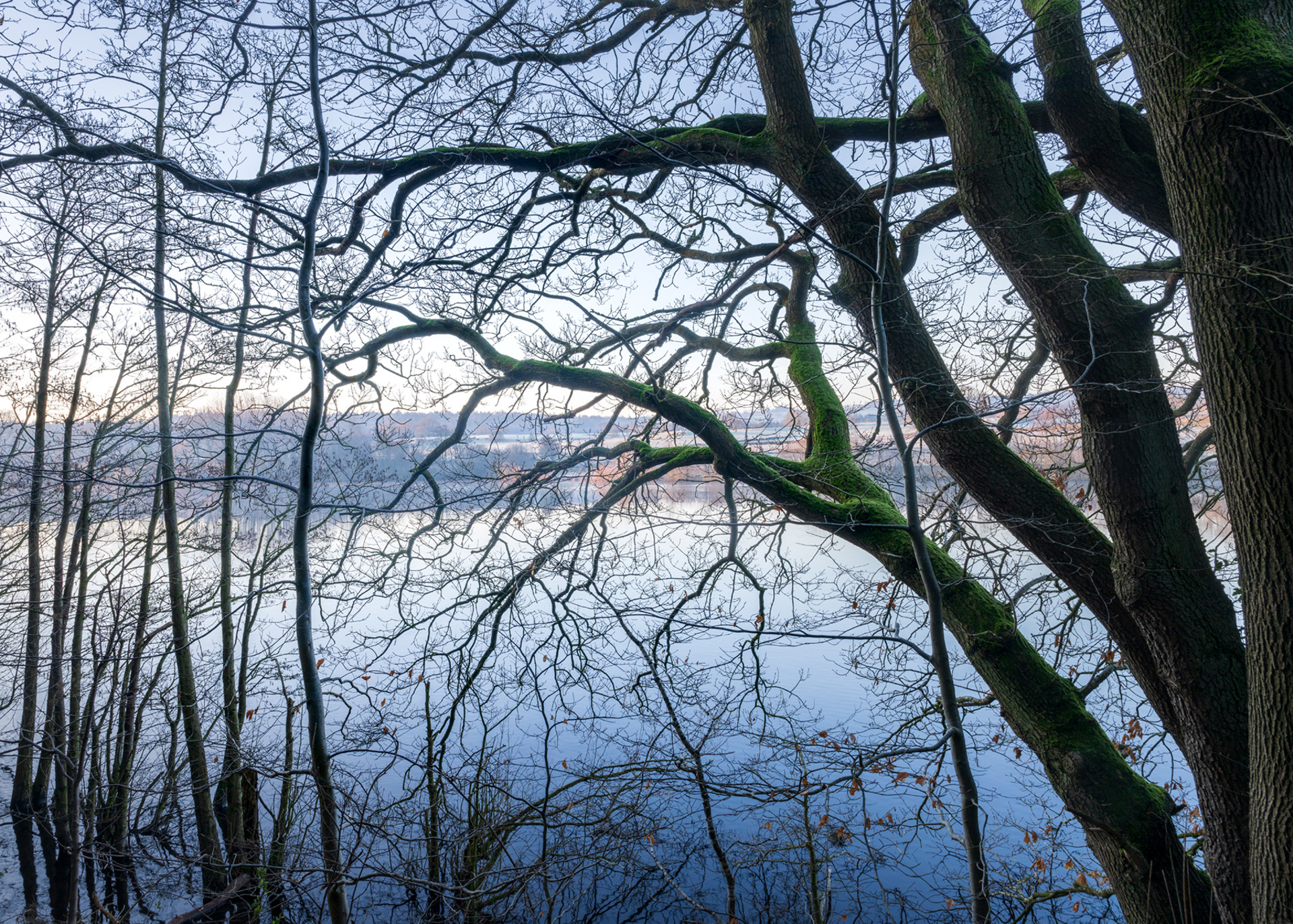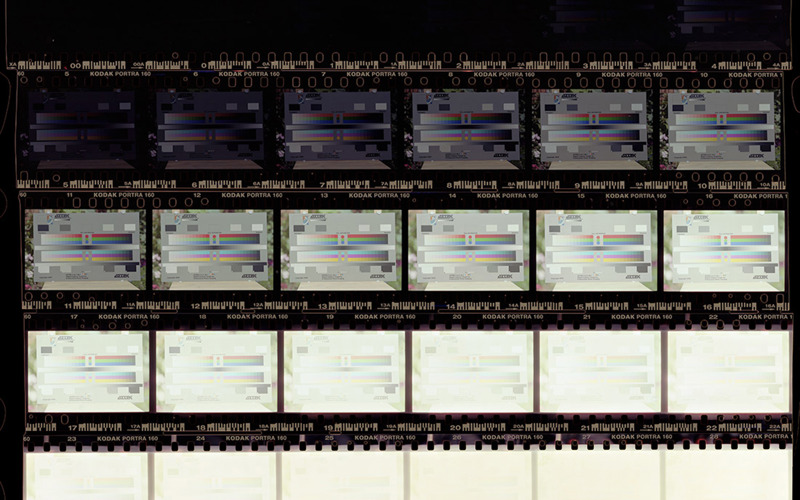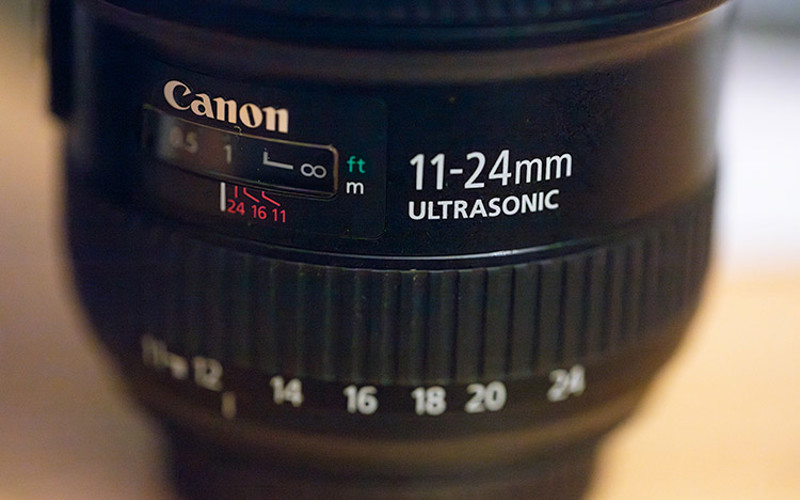Sony FE 20-70mm F4 G Review
Compact and light weight zoom lens with excellent image quality.
Released in early 2023, the Sony 20-70mm lens offers a slightly wider field of view than the traditional 24-70 zoom. In my photography, I find around 20mm to be a sweet spot, while 24mm often feels a little restrictive for the type of images I want to create. The 20-70mm range immediately appealed to me for its excellent balance of wide and mid-range capabilities, making it a perfect single-lens kit for lightweight travel and hiking.
Versatility and Flexibility
Using this lens with my Sony A7RV, the versatility is further enhanced by the APS-C mode, which effectively transforms the lens into a 30-105mm. This flexibility, combined with superb in-body image stabilization, made switching from my 24-105mm lens an easy decision. The 20-70mm offers the same constant f/4 aperture, is significantly smaller and lighter, and provides my preferred wider field of view.
Build Quality
Build quality is excellent as I have come to expect from modern Sony lenses incorporating weather sealing and even a manual aperture ring. It's made of high quality plastics. I've used it out in the rain and snow multiple times where it got soaked - no issues at all.
Image Quality
The overall performance of this lens is excellent, though Sony has made some optical compromises with its design. To make lenses more compact, Sony relies heavily on software correction for distortion. This lens exhibits considerable distortion at the wide end, affecting the final image quality. Uncorrected at 20mm, there's noticeable hard vignette in the corners. Below, you can see a comparison between corrected and uncorrected images demonstrating the extent of the distortion correction.
At 20mm f/8, the lens is sharp across the frame, except for the very extreme corners. Centre sharpness is outstanding, though some edge sharpness is lost due to distortion correction.

Centre image quality is excellent at all focal lengths. 20mm seems to have the weakest image quality towards the edges, almost certainly because of the excessive distortion. However zoom in a little and corner performance improves throughout the focal range.
Architecture example at 20mm at f/4 - Natural History Museum London
Conclusion
The Sony 20-70mm f/4 offers a very versatile zoom range with overall excellent image quality. Despite compromises in distortion correction at the wide end, which slightly lowers image quality towards the edges of the frame, the overall performance is superior to the Sony 24-105mm I replaced (and it obviously could not do 20mm at all). Additionally, the lens effectively functions as a 20-105mm when mixing both full frame and APS-C mode on the A7RV.
For me, the size and weight reduction, increased overall image quality, and wider angle of view make this lens perfect for travel, hiking or occasions requiring minimal gear. While there are better lenses available for image quality at 20mm, the flexibility of this lens more than compensates for the slight loss of performance at the wide end.
More Reviews

No matter how familiar the place might seem, it always holds the potential to reveal something new, something unexpected, something magical - if only for a brief moment before it's gone forever.
View
The Ricoh GR III HDF is tiny and genuinely pocketable. Its APS-C sensor and remarkably sharp prime lens deliver DSLR-like quality in a highly compact package.
View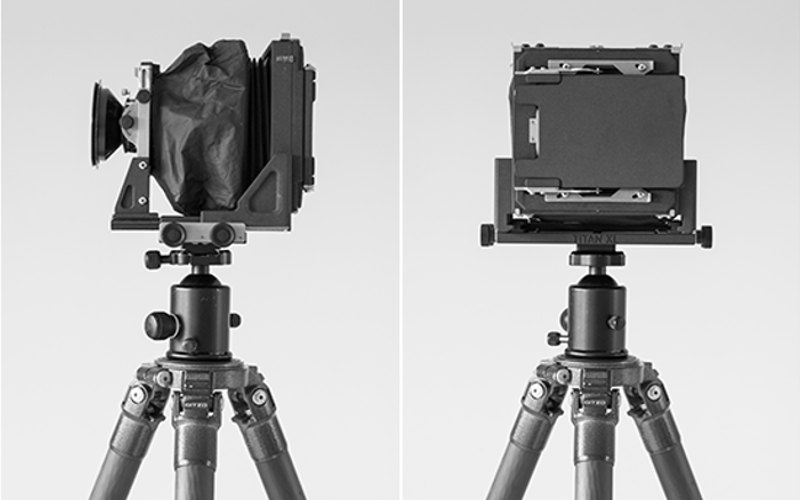
A robust large format view camera designed specifically for ultra wide angle lenses.
View
